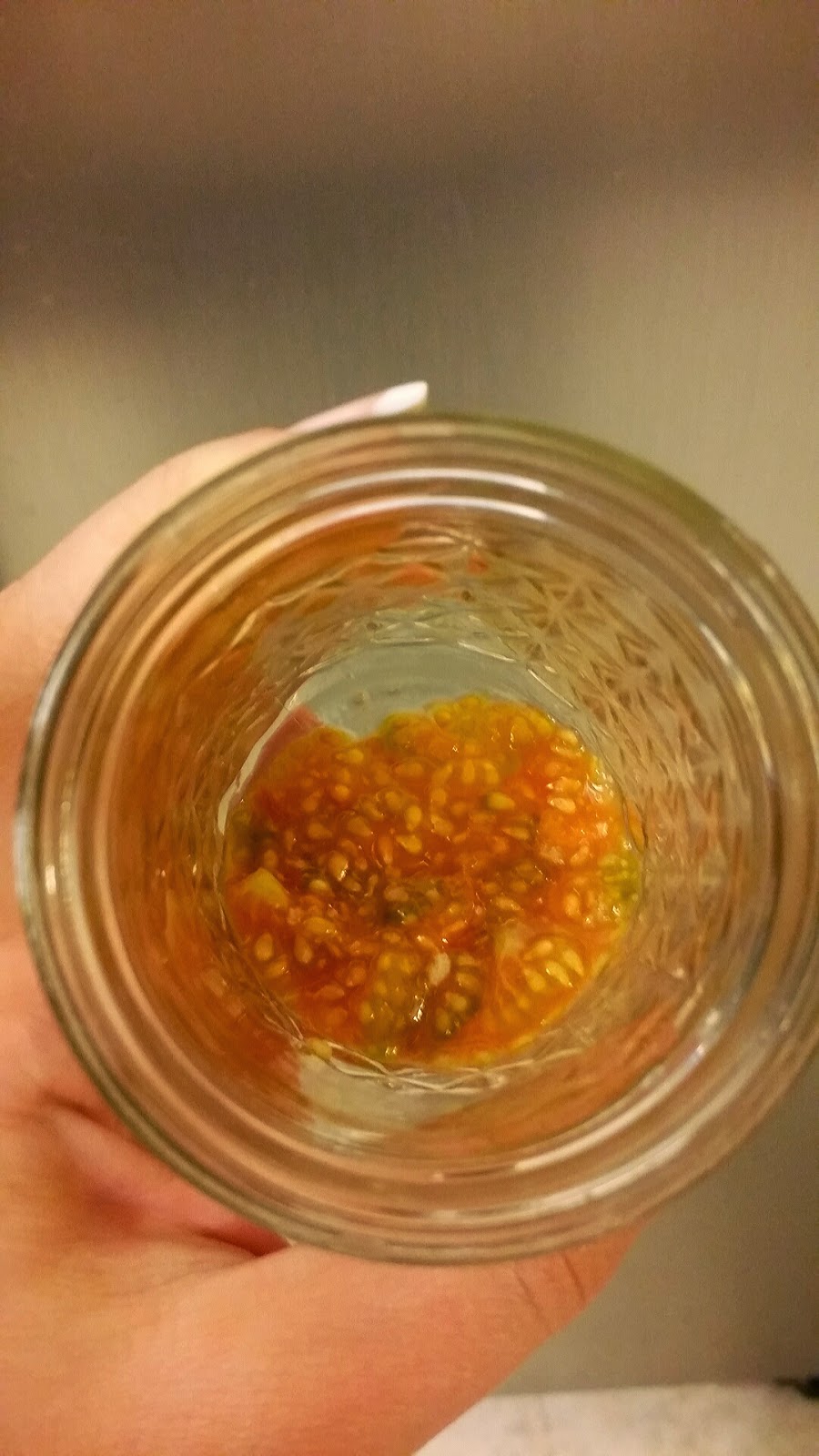Seed fermenting 101
Last year I fermented some seeds as an experiment. This year we planted those seeds and we’re BLOWN AWAY! The seeds had a 100% germination rate – yes, every single one sprouted and produced a very healthy strong and beautiful plant! Here is why, what and how to ferment.
*other great resources are at the bottom of this article*
Why ferment?
Fermenting wet seeds will remove the gel coating from the seed that prevent it from germinating. It is also helps you weed out the non viable seeds. Saving your own seeds will also strengthen the seeds year over year and get the seeds better acclimated to your environment.
What to ferment?
Wet seeds (such as tomato or squash) are the only candidates for fermentation. Seeds that do not originate in a wet environment will naturally dry out for use in the following year.
Choose the best fruit from the strongest plant. That will give you similar plants the following year.
How to ferment?
1) Select fruit from a healthy strong plant. The fruit/veggie you select should be the best one on your plant – no imperfections if possible.
2) Scoop or squeeze out the pulp and seeds.
3) Place pulp and seeds in a jar. Add filtered water, the ratio is one part pulp and seeds to three parts water.
4) Place in a warm place with a loose lid. The lid is only there to keep bugs out and the smell in.
5) After a 5-7 days the viable seeds will sink and the bad seeds and most of the pulp will float. Pour off the bad seeds and pulp that rose to the top (and any white film that may have formed).
6) Rinse the remaining viable seeds .
7) Place seeds on a flour sack cloth or paper towel to dry compleatly. (1-2 days)
8) Store seeds in dark paper envelope labeled with the seed name/type and year. Store in a cool dry place for next season.
Other great resources:
Seed to seed (book)
I will add more to this list as I find them!
*Note: I am a participant of the Amazon.com associates program. This is an affiliate advertising program designed to provide a means for sites to earn advertising fees by advertising and linking to amazon.com. I have personally purchased or researched all of the products linked and will not suggest a product otherwise. By purchasing through these links you support this Mini Slice of Farm blog without any extra cost to you and allow us to continue posting great content for you. Thank you for your support!!

















